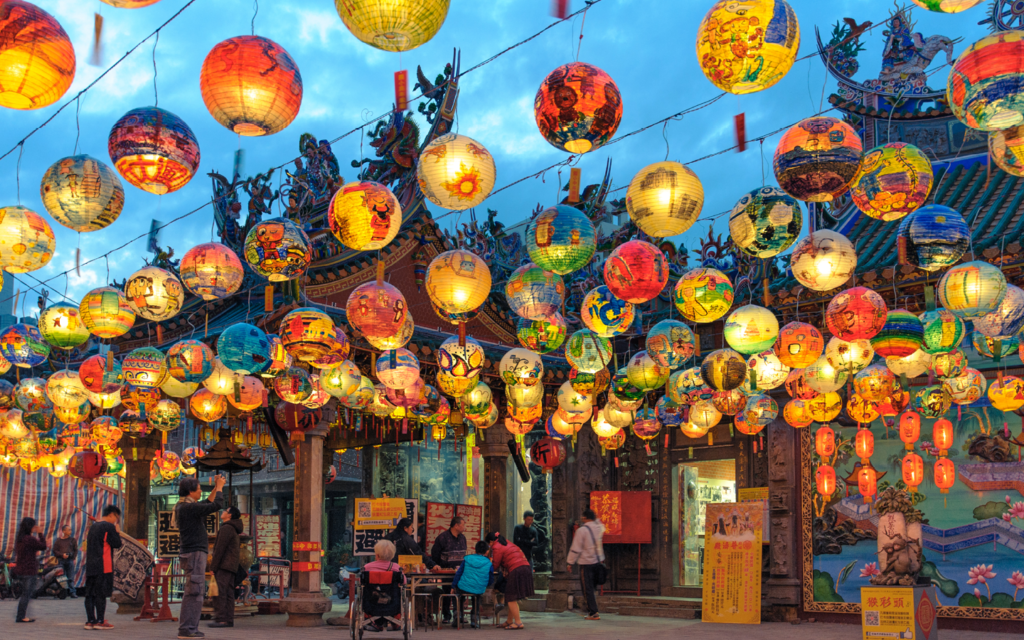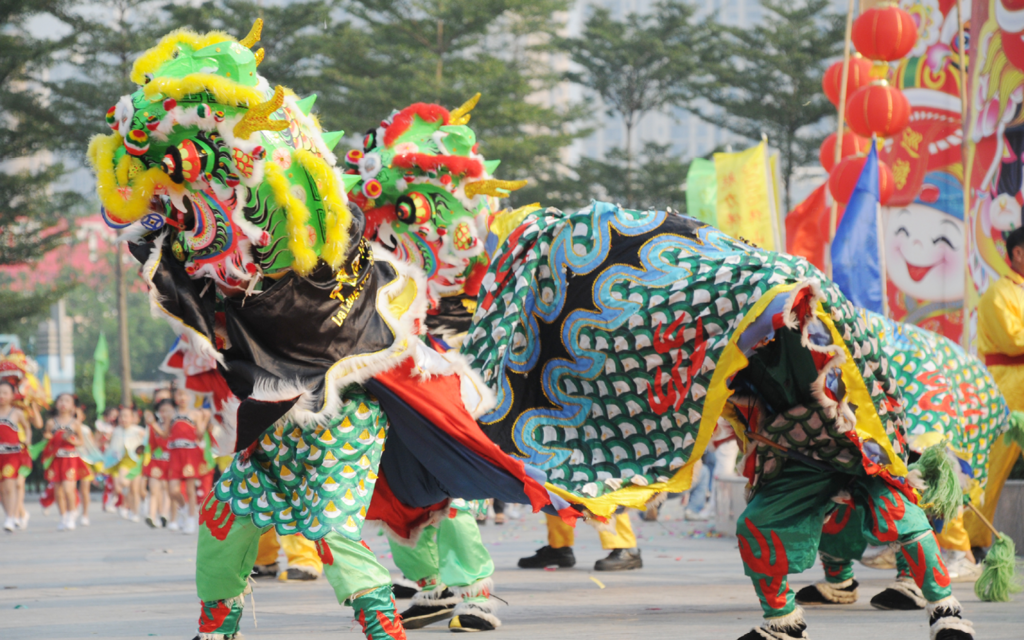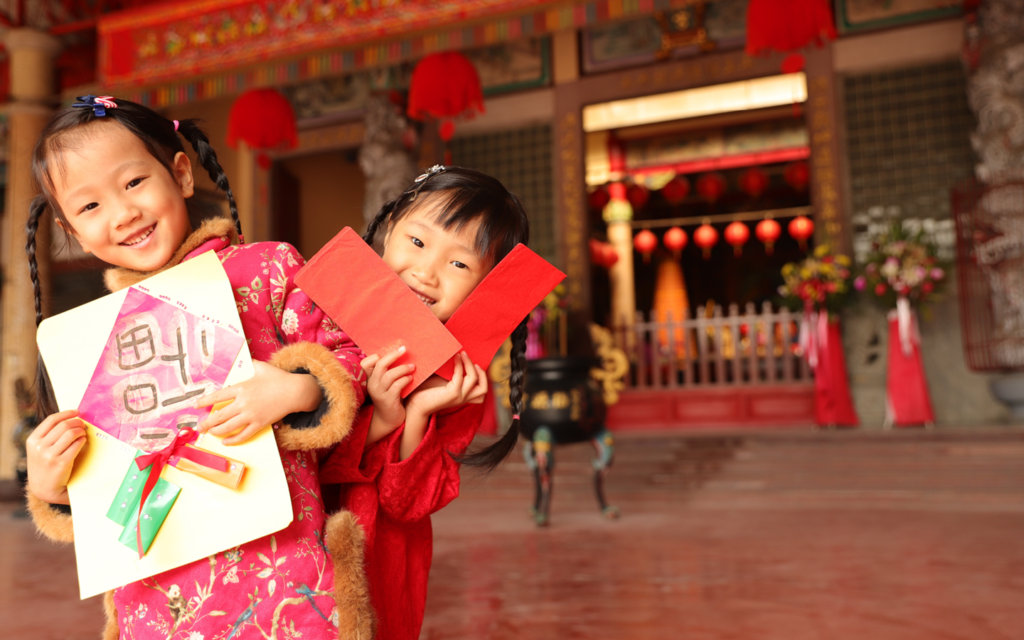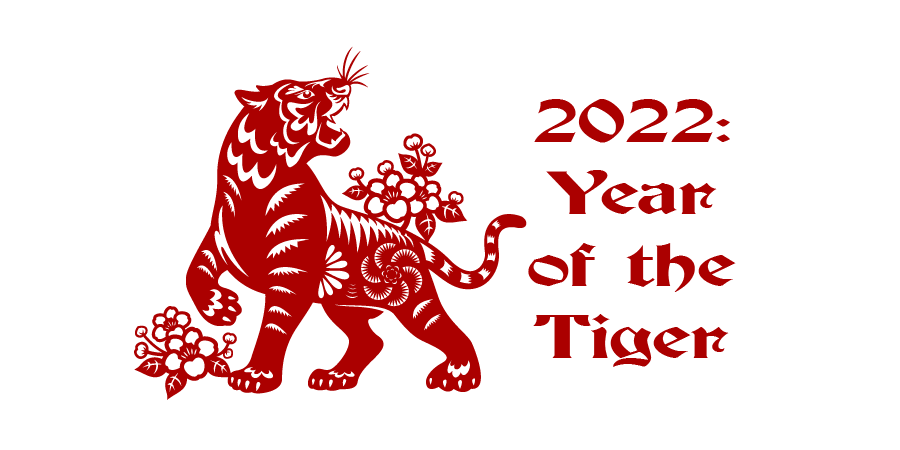The Lunar New Year begins February 1
In the United States, “Holiday Season” refers to the period from Thanksgiving to New Year’s Day. For some countries and cultures, however, an important holiday is on the horizon. That holiday is the Lunar New Year, which is celebrated in many Asian countries as well as by people of Asian descent living in other nations. Heddy Worden, Director of Strategic Enrollment, graciously provided the following story on the Lunar New Year.

On Tuesday, February 1, over 1.5 billion people around the world will gather in celebration of the Lunar New Year—the first new moon of the lunisolar calendar!
This year celebrates the year of the Tiger, specifically the Water Tiger, a symbol representing strength, vitality and courage.
Also known as the Chinese New Year and Spring Festival, this ancient tradition was established millennia ago during the Han Dynasty and remains one of the most honored celebrations among Asian countries, including China, South Korea, and Singapore. Other Asian countries celebrate this time by a different name. In Vietnam, for example, the Lunar New Year is known as Tết, and in Tibet as Losar.
The Lunar New Year is, first and foremost, a time of family and gathering. It is a time to reunite with loved ones, solidify relationships, honor those who have gone before and rejoice in all that is new and positive. With over 1.5 billion travelling at one time, the Lunar New Year has been regarded as the single largest annual migration on the planet. This extraordinary period of travel even has a special name, Chunyun.

During this time the special Chinese character Fù, printed on red paper and hung upside-down, adorns several city streets and households. The character represents fortune and good luck, while the diamond signifies that fortune is arriving.
Households undergo a thorough cleaning prior to the start of the Lunar New Year. All debts are paid and extravagant meals consisting of several dishes accompany the celebration, as do dances and astounding acrobatics. Among the most anticipated are the Lion and Dragon dances. These mythical figures, encased in red and accompanied by fireworks, are used to ward off bad omens and the ancient monster known as Nian.
Numbers like 8 and 7, colors like red and gold, and fruits hold special meaning during the celebration and are intended to attract good luck.
Other practices and superstitions include:
- Wearing new clothing in bright colors – black and white clothes are associated with mourning.
- Eating dumplings – the word dumpling is jiao zi, which closely resembles the Chinese adage of “out with the old and in with the new.”
- Refraining from using scissors as they signifying severing rather than reuniting.
- Not purchasing or gifting books during the celebration as the word for book, shứ, sounds too close to “lose.”

The Lunar New Year celebration lasts for 16 days during which elders and parents present children and unmarried adults with red envelopes or pockets, hóng bāo, containing money and their well wishes for the new year.
The celebration concludes with the much-anticipated Lantern Festival, during which millions of lit lanterns, representing family reunion and society, illuminate the night sky and herald in a bright new future.

